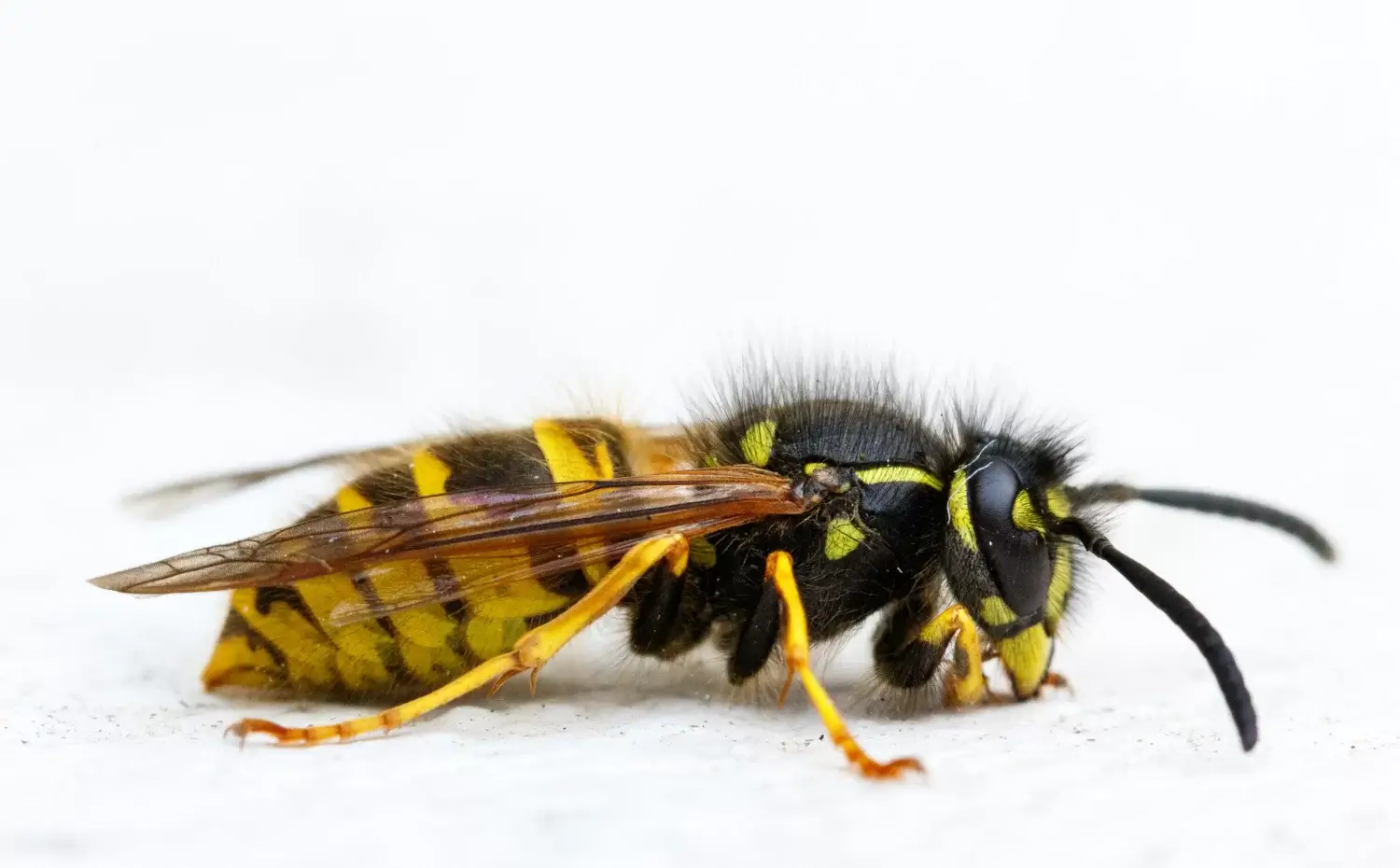Dealing with wasp infestations around your home can be a daunting task, especially when commercial sprays contain harmful chemicals. However, there is a natural and safe alternative that you can make at home: diy wasp spray. In this article, we will guide you through the process of creating your own wasp spray using simple ingredients that won’t harm the environment or your family.
Understanding the Need for DIY Wasp Spray
Wasps are important creatures in the ecosystem, but they can become a nuisance when they build nests near our living spaces. Commercial wasp sprays might effectively kill the wasps, but they can also be harmful to beneficial insects and pose health risks to humans and pets. Homemade wasp spray, on the other hand, allows us to control the wasp population without causing harm to the environment.
The Ingredients You’ll Need
To create your homemade wasp spray, you’ll need a few common household items:
- Liquid Soap: Choose a mild, biodegradable liquid soap, which will serve as a natural insecticide.
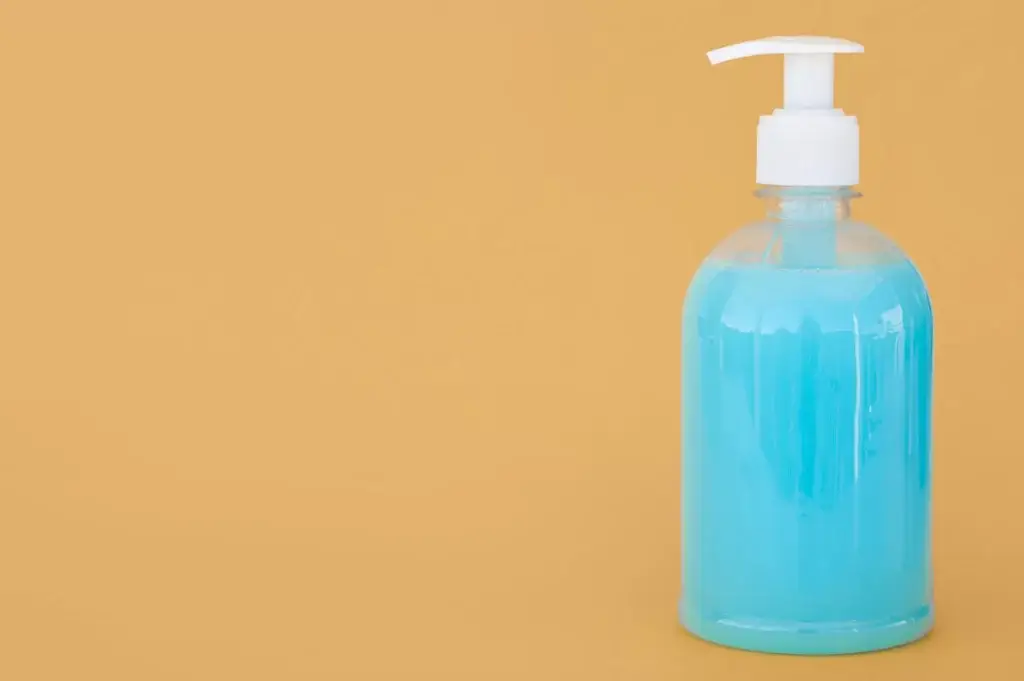
- Hot Water: Hot water helps to dissolve the soap and increase the effectiveness of the spray.
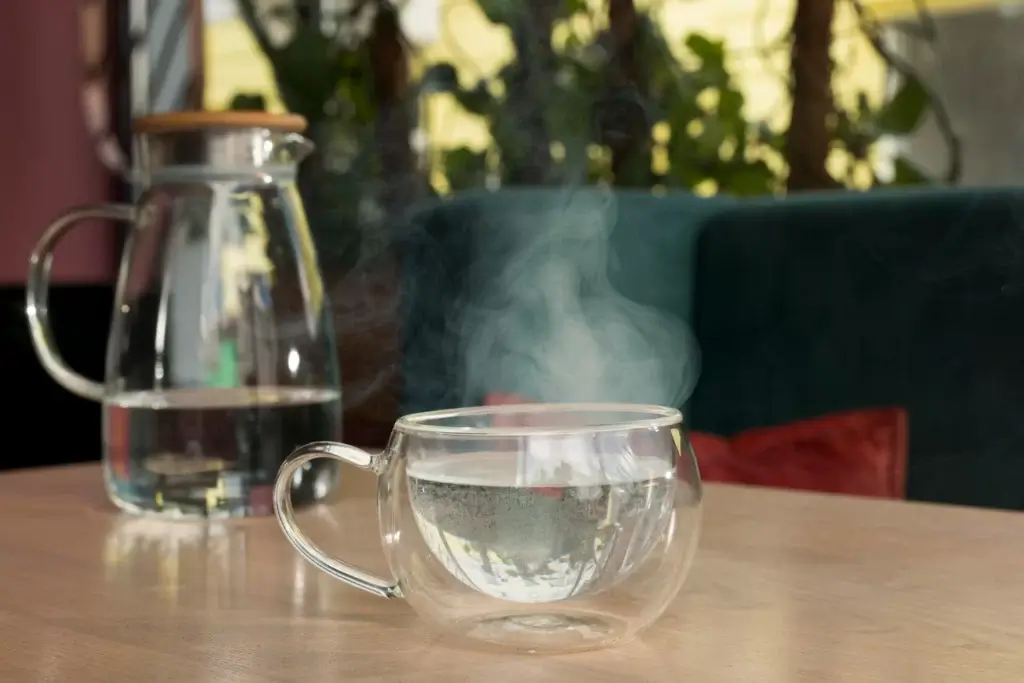
- Peppermint Oil: Peppermint oil is a natural repellent for wasps and will keep them away from treated areas.
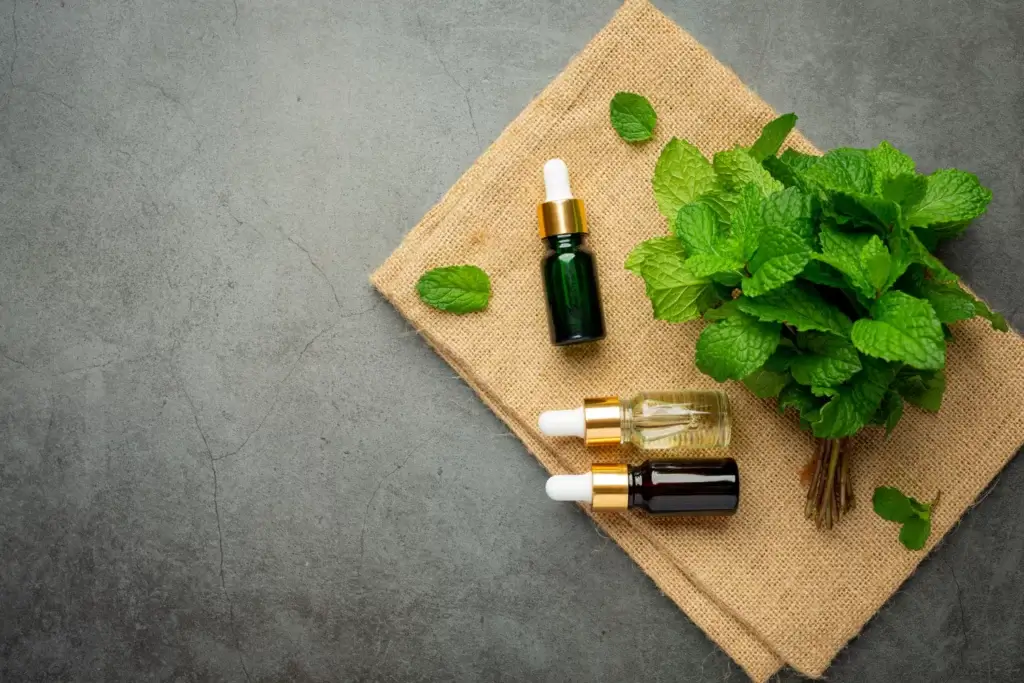
- Spray Bottle: You’ll need a spray bottle to mix and apply the homemade wasp spray.
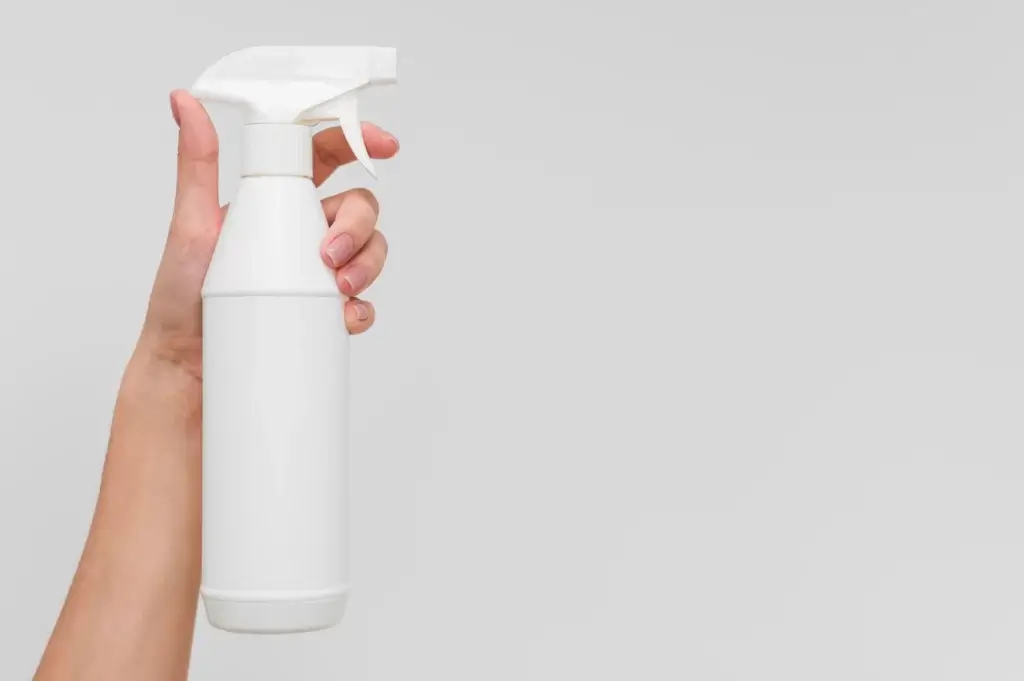
Creating the Wasp Spray
Follow these steps to make your homemade wasp spray:
Step 1: Prepare the Solution
Mix 2 cups of hot water with 1 tablespoon of liquid soap in the spray bottle. Stir gently to ensure the soap dissolves completely.
Step 2: Add Peppermint Oil
Add 10-15 drops of peppermint oil to the soap and water solution. Peppermint oil not only repels wasps but also adds a pleasant fragrance to the spray.
Step 3: Shake Well
Secure the spray bottle’s cap tightly and shake the mixture well to ensure the ingredients are thoroughly combined.
Using the DIY Wasp Spray
When you encounter a wasp nest or need to repel them from specific areas, follow these steps:
- Safety First: Before using the spray, ensure you’re wearing protective clothing, such as long sleeves, pants, gloves, and goggles.
- Evening Application: The best time to apply the homemade wasp spray is in the evening when wasps are less active.
- Spray Liberally: Spray the solution directly onto the wasp nest, if possible, or the areas where you want to deter them.
- Stay Back: After spraying, keep a safe distance from the treated areas to avoid any potential stings.
- Repeat as Needed: Depending on the wasp activity, you may need to reapply the spray every few days.
Conclusion
Homemade wasp spray offers an eco-friendly and effective solution for dealing with wasp infestations. By using natural ingredients, you can protect the environment, beneficial insects, and your family’s health. Remember to take necessary precautions while applying the spray and store it safely when not in use.
FAQs – Frequently Asked Questions
- Is the diy wasp spray safe for pets? Yes, the ingredients used in the homemade wasp spray are non-toxic to pets, making it a safe alternative to commercial sprays.
- Will the peppermint oil harm the wasps? Peppermint oil is a natural repellent and will not harm the wasps, but it will keep them away from the treated areas.
- Can I use the spray indoors? It is recommended to use the homemade wasp spray outdoors, as wasps can be more challenging to control inside closed spaces.
- How long does the spray remain effective? The spray’s effectiveness may vary depending on weather conditions and wasp activity, so it’s advisable to reapply as needed.
- Can I use any liquid soap for the diy wasp spray? It’s best to use a mild, biodegradable liquid soap to ensure safety for the environment and the spray’s effectiveness.
